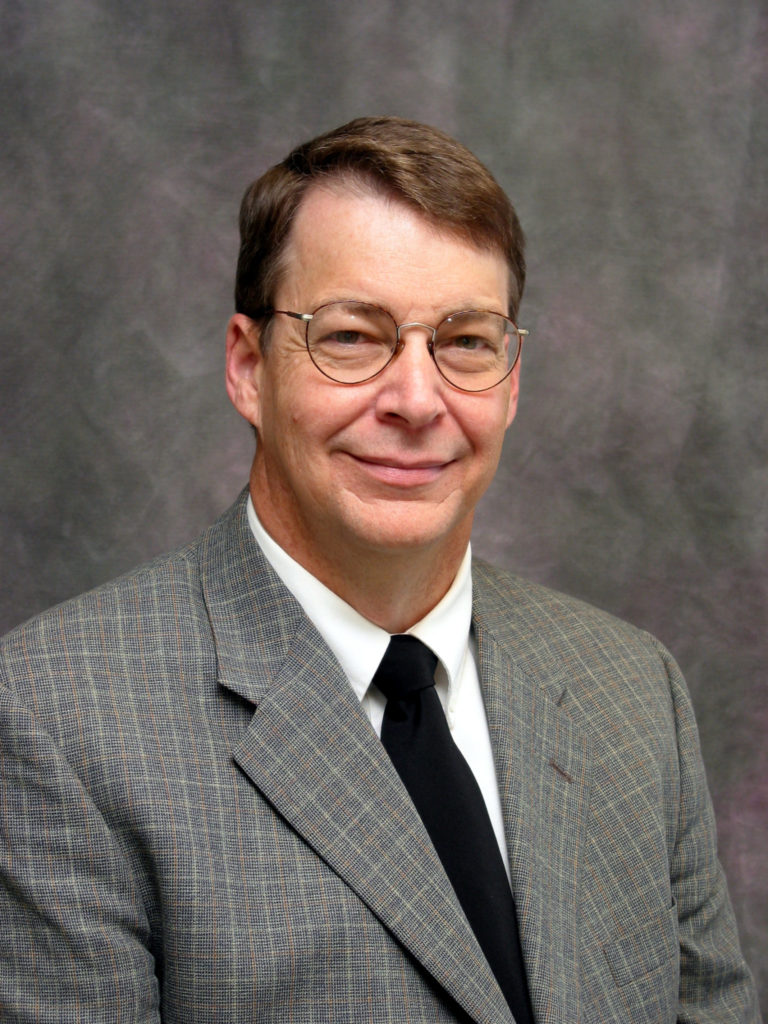
Professor Ted Watson has been named a Fellow of the American Institute of Chemical Engineers, the highest honor bestowed by the institute through election by its board of directors. He is the first to be so designated at CSU.
“Dr. Watson has been an integral part of our department’s past 20 years as well as a researcher who has contributed significantly to his field,” said David Dandy, Chemical and Biological Engineering department head. “This is an incredible honor and well deserved.”
Watson was recognized in part for his efforts to expand the domain of chemical engineering in research and education. He came to CSU as the first head of the newly created Department of Chemical Engineering in 2001. He led an effort to fully embrace biology within the educational, research, and professional scope of chemical engineering, leading to a new curriculum incorporating biology – together with chemistry, physics, and mathematics – as a foundational science of chemical engineering. The department name was changed to Chemical and Biological Engineering (CBE), and the program was the first to obtain national accreditation of a Bachelor of Science degree in Chemical and Biological Engineering.

Watson expanded the research domain of chemical engineering. While magnetic resonance imaging and X-ray CT scanning were being recognized as revolutionary in medical diagnostics for providing non-invasive internal images, he developed a major research initiative to pioneer new imaging paradigms for engineering applications at Texas A&M University in 1985. Together with Professor Ray Flumerfelt, he established the Engineering Imaging Laboratory, the first U.S. academic laboratory outside of medical establishments to feature both imaging modes. He later established the Rocky Mountain Magnetic Resonance Laboratory at CSU.
Engineering Source talked with Watson about his recent award:
What do you think of this honor?
It is certainly gratifying to receive this recognition at the national level for my contributions to the chemical engineering profession. Through my love of mathematics, and embrace of chemical engineering as a foundational discipline, I have worked to expand the domain of chemical engineering in research and education. At a time when traditional chemical engineering was losing market share to new disciplines, our faculty established the first ABET-accredited degree in Chemical & Biological Engineering. In essence, my contribution to chemical engineering has been to expand it.
What about CSU keeps you coming to work every day?
I really enjoy learning, being it developing new analyses of various physical processes or developing new ways for synthesizing topics. I am working on a couple of books based on novel presentations of graduate mathematics and system and parameter identification. These go hand-in-hand with the graduate courses I am teaching.
What are you most proud of?
In 1994, I participated (and finished) what is billed as the longest one-day bike race in the world—340 miles from Trondheim to Oslo, Norway. It was the worst weather they had in 25 years of the race— severe head winds, lots of rain, and even some snow in the mountains. With the dire forecasts, only half the entrants started, and half of those dropped out along the way—including my “riding partner”, who dropped me near the start! In my many visits to Norway over the years, my host or other friends introduce me with the addition of having completed “Den Store Styrkeprøven.”
What did you miss most about being largely off campus during the pandemic? How did the pandemic affect your research?
The inability to hold in-person help sessions was problematic for me and my students. I believe on-line lecturing is adequate, but interacting with students is severely limited. Since my current research is largely conducted on computers, I haven’t experienced many of the challenges encountered by those involved in laboratory work.
What’s one thing most people don’t know about you?
Maybe that I am a devoted father and grandfather.